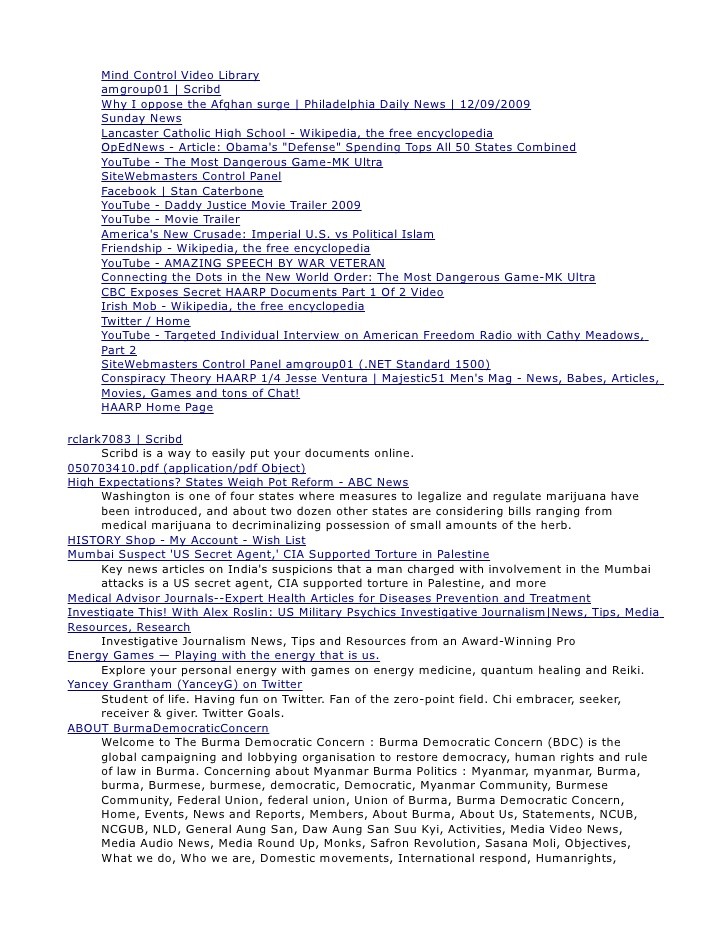Learning the ABCs of mutual funds fees and expenses LancasterOnline Business
Post on: 19 Июль, 2015 No Comment

Posted: Sunday, July 25, 2010 7:27 pm | Updated: 6:30 pm, Wed Sep 11, 2013.
Mutual Funds that have a load, that is a charge associated with investing in the fund, are generally sold in three classes: A, B and C. They differ in the commission the broker is paid by the buyer, when it is paid, and the size and duration of annual fees taken by the fund company.
Class A funds are front-loaded. There is an up-front commission that is a percentage of the amount of the purchase. Annual fees, such as management fees and 12b-1 fees, are charged for fund maintenance, sales and distribution. No commission is charged on redemption, although there may be redemption fees charged.
The front-load percentage may start at 5.75 percent, but the percentage decreases in steps as the size of the purchase goes up, typically dropping to zero at $1 million. Legally the front-load can go as high as 8.5 percent.
Other ways to decrease the percentage of front-load fees are by owning other mutual funds offered by the same fund family, committing to regularly purchase mutual fund shares, and having family members who hold funds in the same fund family.
The 12b-1 fees get their name from the SEC rule that governs them. Investors are not charged these fees directly, but fund managers are allowed to take these fees out of a mutual fund’s assets to cover the annual costs of marketing and distribution. Since the fund assets are used to pay these costs, the value of a fund share is reduced and performance is adversely affected.
The current limit on 12b-1 fees is 0.75 percent per year, but there is no limit on how long a fund can pay these charges if it continues to make significant new sales to investors. As a result, shareholders may pay asset-based charges through the fund for as long as they own the fund.
Class B funds are back-end loaded. They charge higher expenses than Class A shares, usually for a period of four to eight years. Class B shares normally impose a contingent deferred sales charge, which is the back-end load. You pay the sales charge if you sell your shares within a certain number of years, normally before the end of six years. Some Class B shares convert to Class A shares after a certain number of years.
Class A shares typically have lower management and 12b-1 fees than Class B shares, so it’s significant that the back-end commission goes away years down the road and the fees drop.
Class B funds have fallen under scrutiny lately. Purchase of large amounts of Class B funds lose the benefit of the breakpoints inherent in Class A funds, not to mention the higher annual fees generated over the first six to eight years. Large purchases of Class B funds tend to benefit the broker at the expense of the buyer so some broker/dealers cap purchases at $50,000. Several fund families have announced that they are planning to drop their B shares altogether.
Class C funds are like Class B funds except that the back-end load is lower than found in Class B shares (typically around 1 percent) and is eliminated in a much shorter time, typically a year. However, their management and 12b-1 fees are higher than those of Class A shares. C shares tend to be used by investors who think they may need access to funds within three to four years.

No-load mutual funds charge no commission at purchase or at redemption, but are allowed to charge fees within limits. Financial Industry Regulatory Authority rules limit no-load funds to 12b-1 fees of no more than 0.25 percent and total fees of no more than 0.50 percent in order to call themselves no-load funds. By comparison, Class A funds typically charge 1.25 percent per year in fees and Class B and Class C funds typically charge 2 percent per year in fees.
FINRA also has a fund analyzer to let the user compute the fund performance effect of fees and loads for up to 20 years.
No-load funds can be purchased directly without advice, or with advice for an annual fee. This fee is in addition to the fund expenses. So why would managed portfolios hold funds with higher fees and loads? Because the advisors selling the funds get more commission for doing so.
You cannot deduct a commission you pay to a broker to buy investment property, so the loads you pay are not tax-deductible. However, you can use the commission to figure gain or loss from the sale. A front-end load adds to the cost basis of the shares. A back-end load reduces the sale proceeds. 12b-1 fees are not deductible either, but they reduce the return of the investment, and in that way indirectly reduce taxable income.
On the other hand, investment manager and planner fees may be deductible (subject to the 2 percent floor for miscellaneous itemized deductions) to the extent they relate to taxable income. If the management fee is based on a percentage of assets, it is deductible.
Since IRA management fees reduce the value of the IRA, they indirectly reduce the amount of income reportable by the beneficiary. If your IRA custodian permits, you can pay the management fee yourself (instead of having it deducted from the IRA), and then take it as an itemized deduction subject to the 2 percent floor.














